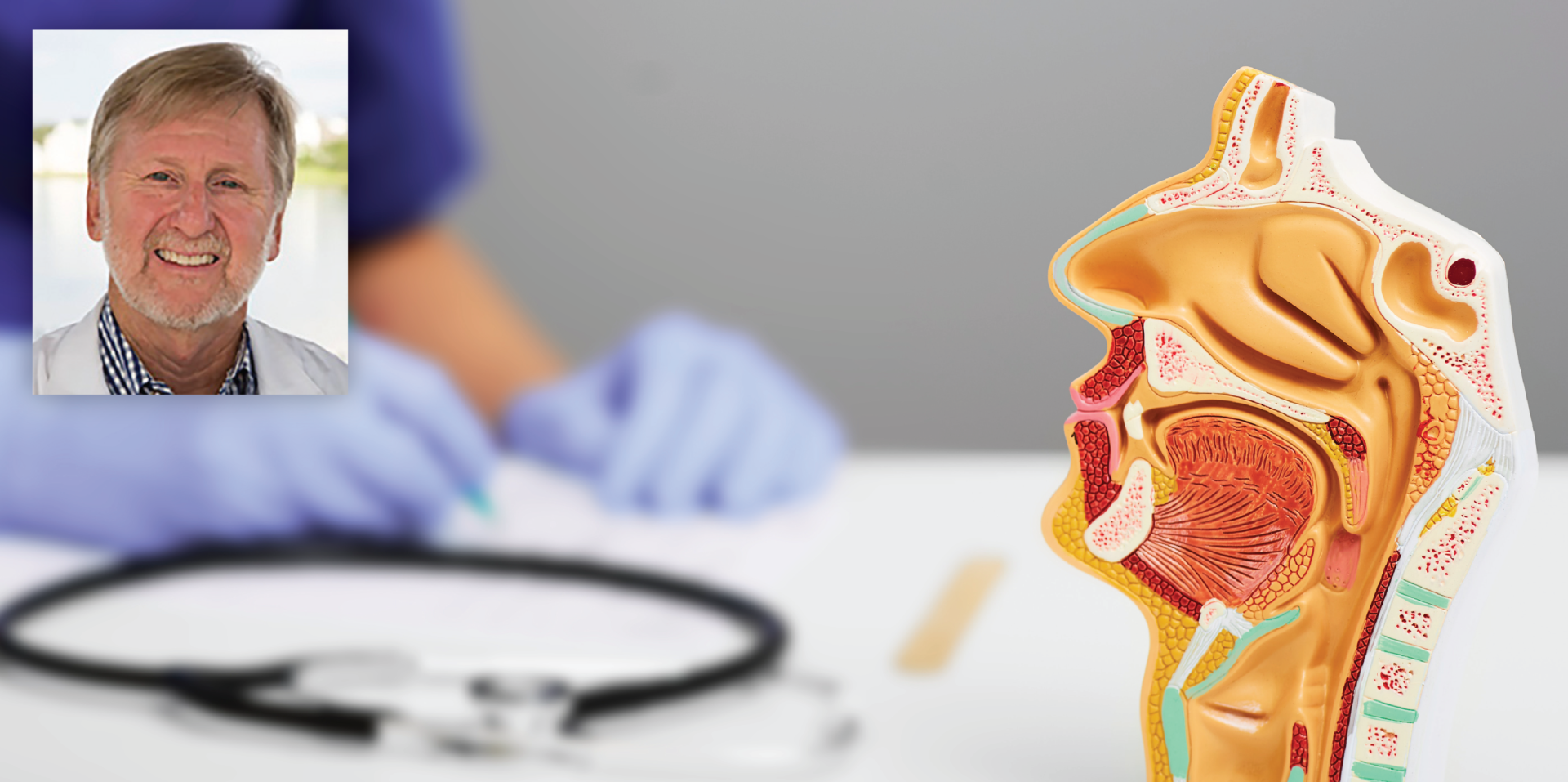Over 40 million Americans suffer with chronic dry eye. Symptoms include burning, redness, irritation, excess mucus, gritty feeling, blurred vision and tearing. Suffers often attribute symptoms to allergies and then self-medicate accordingly or ignore the issues. Failure to recognize dry eye early on can make management more complicated. It is important to report any symptoms to your eye care professional for proper diagnosis.
Your tears act as a barrier to the environment and the friction created by eye movements. Three important layers make up your tears. There is an oily layer, a watery layer, and a mucus layer. A disruption in any layer will cause the symptoms of dry eye. The proper treatment depends on which layer is defective.
Multiple contributing factors affect the quality of your tears. Visually demanding tasks like computer use, driving, reading and gaming slow your blink rate. Performing these tasks without the proper spectacle correction decreases the blink rate even further. History of contact lens wear, refractive surgery, or cataract surgery are contributing factors. Medical conditions like Crohn’s Disease, Hypothyroidism, and Rosacea alter tear function. Medications including diuretics, allergy, sleeping aids, antidepressants, glaucoma, and caffeine can cause disruptions in your tear layers. Ignoring symptoms for a long time can cause permanent alterations in the tear layers, increasing the severity of dry eye.
Don’t cry, there are lots of wonderful advancements for the management of dry eye. Supplements help balance out your tear layers where they are lacking. These include artificial tears and oral supplements. Conserving you own tears. These include lacrimal plugs and specialty contacts designed to hold moisture and tears in your eyes. Tear production can be increased by neurostimulation and prescription eye drops. Diagnosing and treating the underlying condition is a major factor in controlling the severity of dry eye. Properly treating your thyroid disorder, correcting loose saggy eye lids, unblocking the oil glands located in your eye lids are some examples. Proper treatment and management of dry eye all starts with a visit to your eye care professional. Tell your doctor any and all symptoms you are having. Learn what type of dry eye you have. Early detection and management can save you a lifetime of dry eye misery.





